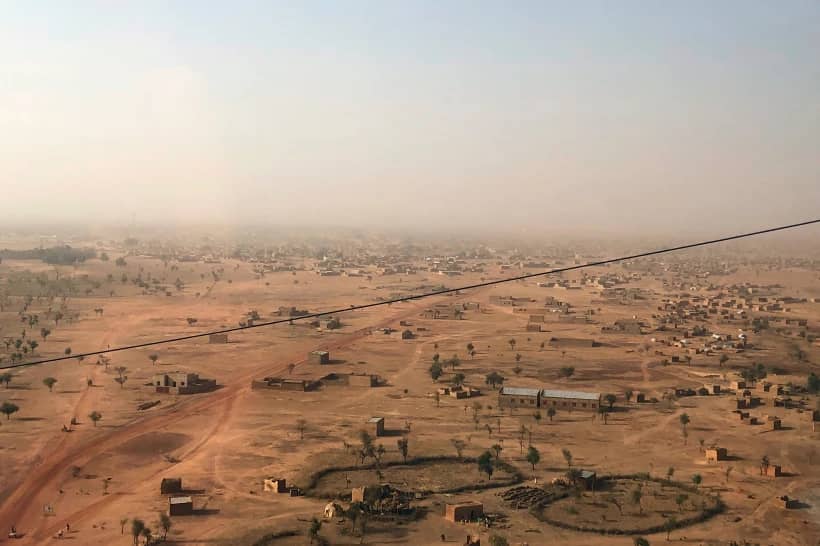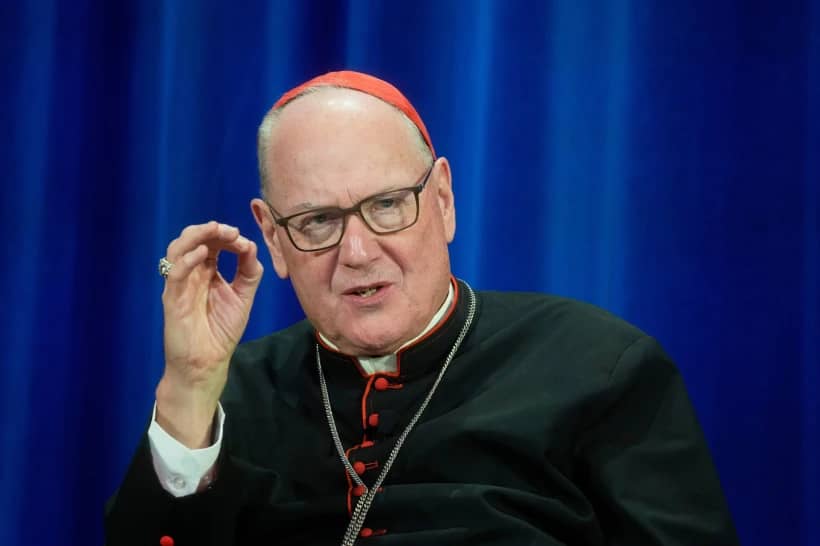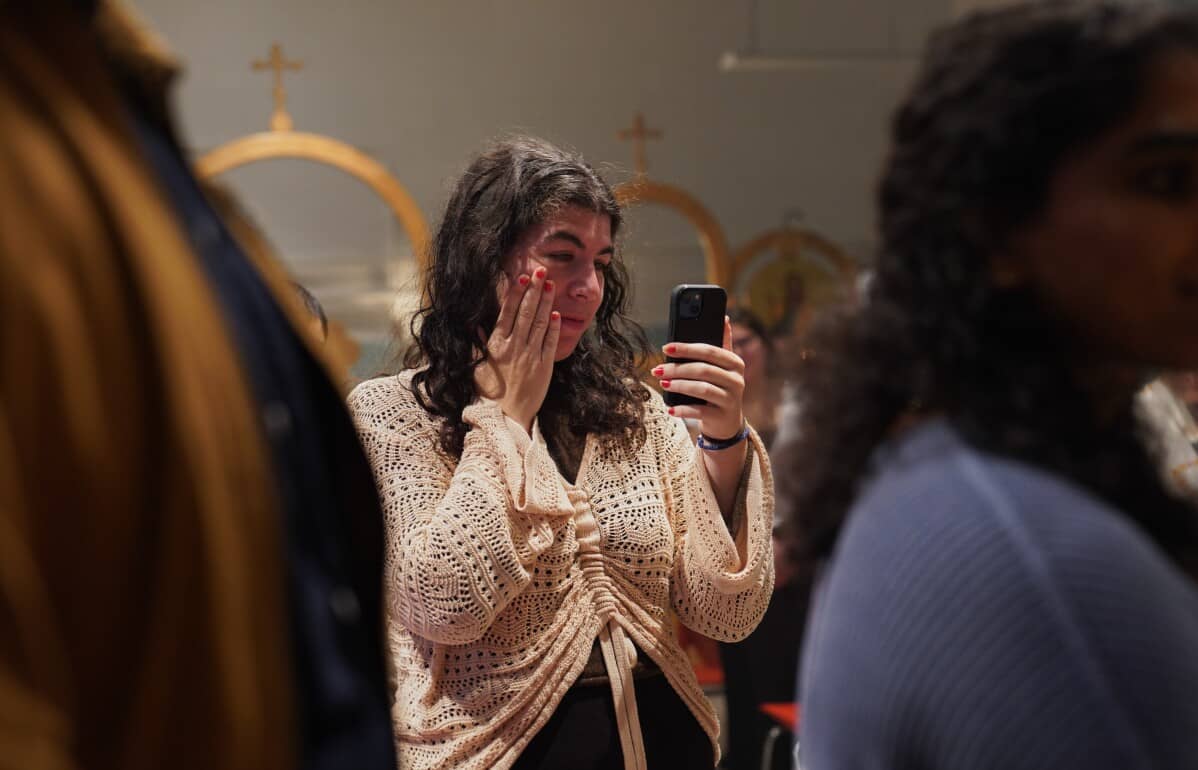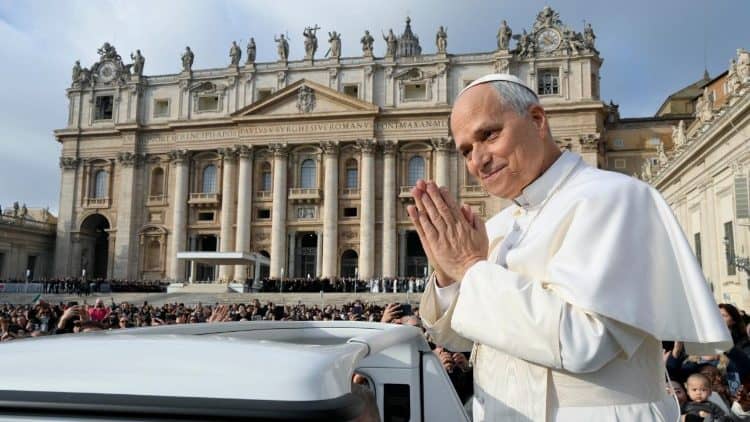WASHINGTON, D.C. — Making a living as a farmer in the United States has never been easy. But the coronavirus pandemic has added new layers of complexity for farmers and the people living in the small towns that dot the rural landscape.
The issues have to do with planting, harvesting, production, health, prices and housing — all of which have to do with people.
“In Ohio, we were hearing from one of our chapter leaders who was concerned about farmers,” said James Ennis, executive director of Catholic Rural Life. “Because they do a lot of work themselves, if they get sick, who’s going to help them?”
In Catholic Rural Life’s chapter in Owensboro, Kentucky, “they were concerned about the farmworkers. They weren’t getting enough farmworkers. Usually they get a lot of migrant workers coming from Mexico. And that’s not happening,” Ennis said. “What’s going to happen if those workers can’t come into their particular area of Kentucky?”
That’s a serious issue, “especially when consulates and embassies were starting to reduce services,” said Mike Stranz, vice president for advocacy at the National Farmers Union. Farmers relying on immigrant labor to harvest crops are “in a tough spot,” he agreed. “We’ve talked with the State Department. They have become more flexible about immigrant workers changing employers while they’re here.”
“We’re definitely watching the issues of farmers, but now is the time that crops need to be planted and crops need to be harvested,” said Lorette Picciano, executive director of Rural Coalition, which focuses on immigrant farmworkers and minority farmers.
Social distancing is a dream to farmworkers. Picciano spoke of workers from Mexico who line up at a bridge at 1 a.m. each night to be scrutinized by U.S. immigration authorities in Texas in time to be packed into a van that leaves at 6 a.m. to drive them to farm fields. In some migrant communities in Florida, she added, 15 will sleep in a building that has just one or two bathrooms.
“All the relief that’s in the stimulus package cannot go to someone who is not documented,” Picciano told Catholic News Service, adding farmers are “not necessarily getting tested” and “not getting payments.”
“I’m a Catholic, and how can we make sure our government does its duty to supply Americans with what they need during this emergency?” she asked. “It’s devastating, and there’s a lot of work to do.”
The health of farmworkers is precarious. Picciano cited the case of a date-packing plant in California’s Coachella Valley where “the COVID-19 was already found in one worker. They cleaned everything, then they found that eight more workers were infected,” she said.
Ennis was told by a Catholic Rural Life chapter in Davenport, Iowa, that a Tyson pork processing plant in nearby Columbus Junction suspended operations after some workers there were found to have the coronavirus. “That was really scary. It’s a big deal when it’s 1,400 jobs and they decide they’re going to suspend operations,” he said. “That was disconcerting and a big deal — a really big deal. That’s impacted that community very significantly.”
Dairy and livestock markets “have seen significant impacts already,” Stranz said. “It’s not a matter of supplies, it’s a matter of shipping and demand. It’s how people are eating. It would normally take decades (to alter consumer preferences), but it’s happened in a matter of weeks.”
He added, “Dairy is particularly hard hit by this. Other than getting rid of cows, you can’t slow production. They need to be milked three times a day. … The price of dairy futures went down 40 percent in two weeks, and those prices were low to begin with. We’re seeing a lot of threats to dairy farmers and farmers who were already hurting.”
One case in point: school lunches and breakfasts. “That demand has dried up, and there’s been a glut of milk in that side of the market, where retail food and milk consumption is probably up,” Stranz said. “It’s tough to flip a switch and get milk flowing through a different channel. They can’t all of a sudden go from getting lunch milk and it all going to supermarkets.”
Nebraska was one of a dwindling number of states — there were just eight as of April 9 — that did not have a blanket stay-at-home order, according to Sandra Renner, farm and community director of the Center for Rural Affairs in Lyons. But the closure of schools by most districts presents two other problems.
“These kids rely on two meals a day from the school system. They’re not going to be doing much learning from their computer” if they’re hungry, Renner said. That is, if the computer can access the internet. “I think it’s a little trickier to think about e-learning, because broadband is limited here and in many rural places,” she said from her home in West Point, Nebraska. “The school has to get a little bit of sense of what would work here.”
Despite long-held assumptions about what rural America looks like, “Nebraska has had a lot of changing demographics in the last 30 years,” Renner added. “You wouldn’t think of Nebraska as a melting pot, but 87 languages are spoken across the state. But most of the information being put out by state agencies initially was in English, and in some cases still only in English.”
And, to ward off the coronavirus-induced economic catastrophe for some Nebraskans, the center launched an emergency loan fund, she noted. “We’re also a lender so we’re taking care of that,” Renner said. “It’s an all-hands-on-deck approach to get these emergency loans processed in a timely fashion.”
Ennis wryly noted how some Kansas farmers have long seen themselves as “socially isolated,” but that now even the simple pleasure of sitting in a cafe for a cup of coffee and a pastry is now denied them. Catholic Rural Life, he said, was planning a livestream for May 15 — the feast of St. Isidore, patron saint of farmers — to pray “for the protection of farmworkers and farmers and food-processing workers in rural communities.”
He’s been following some rural priests’ own livestreaming. “For some priests, they’ve opened up their lives more to parishioners, where they don’t usually share night prayer with their parishioners,” Ennis said. “It’s powerful. I’m just seeing all the comments on the side, the appreciation for what Father’s doing in this regard. … It’s phenomenal. It’s creative.”















